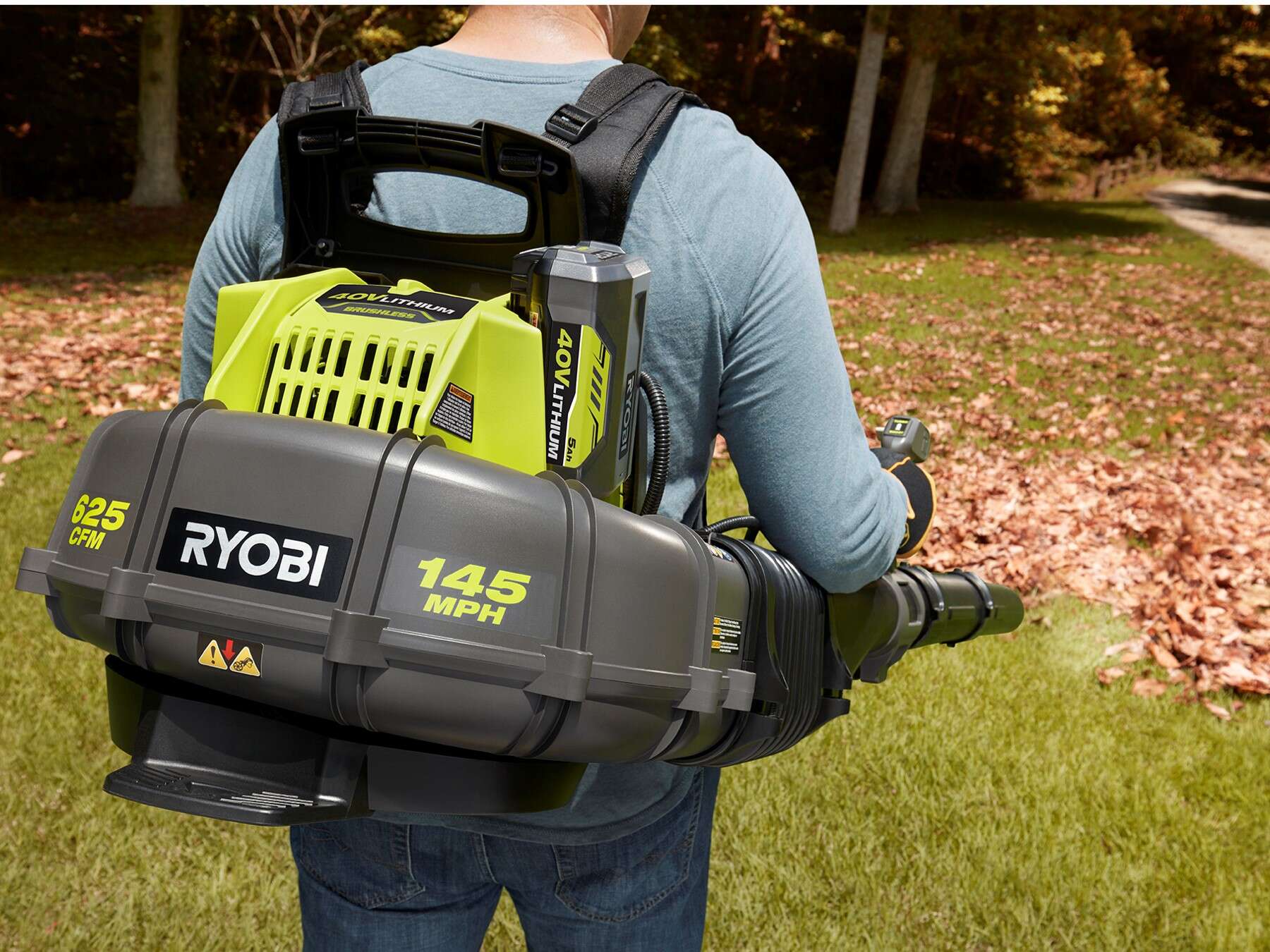

Articles
Ryobi Backpack Blower Won’t Start When Hot
Modified: May 6, 2024
Looking for articles on why your Ryobi backpack blower won't start when hot? Discover helpful tips and troubleshooting techniques to get it up and running smoothly.
(Many of the links in this article redirect to a specific reviewed product. Your purchase of these products through affiliate links helps to generate commission for Storables.com, at no extra cost. Learn more)
Introduction
Having a reliable backpack blower can make yard maintenance a breeze. However, nothing is more frustrating than experiencing issues with your Ryobi backpack blower when trying to start it when it’s hot. This common problem can leave you feeling stuck and unable to complete your outdoor tasks efficiently.
Fortunately, there are several potential causes for this issue, and with a bit of troubleshooting, you can quickly get your Ryobi backpack blower up and running smoothly again. In this article, we’ll explore the common reasons why your blower may not start when hot and provide you with the necessary steps to rectify the problem.
By understanding the potential underlying causes and following our troubleshooting guide, you’ll be well-equipped to diagnose and fix the issue, ensuring that you can rely on your Ryobi backpack blower year-round.
Key Takeaways:
- Troubleshoot and address potential issues with the fuel system, ignition system, carburetor, air filter, spark plug, and muffler to resolve hot start problems with your Ryobi backpack blower. Regular maintenance is key to optimal performance.
- Follow manufacturer guidelines, use fresh fuel, and store the blower properly to prevent starting issues. Seek professional help if troubleshooting steps do not resolve the problem. Always prioritize safety when working with power tools.
Causes of a Hot Start Issue
There are several potential causes for a Ryobi backpack blower to refuse to start when it’s hot. Understanding these causes can help you pinpoint the problem and take appropriate measures to resolve it. Here are some common culprits:
- Vapor lock: One possible cause of a hot start issue is vapor lock, where the fuel in the carburetor evaporates and disrupts the fuel flow. This can occur due to excessive heat or inadequate venting in the fuel system.
- Fuel filter clogging: A clogged fuel filter can obstruct the flow of fuel, preventing the blower from starting when hot. Over time, dirt, debris, and old fuel can accumulate in the filter, impeding proper fuel delivery.
- Ignition system problems: Faulty spark plugs, ignition coils, or other components in the ignition system can cause difficulty starting when the blower is hot. These issues can result in weak or no spark, hindering the combustion process.
- Carburetor issues: A dirty or malfunctioning carburetor can lead to starting problems when the engine is hot. It is important to ensure that the carburetor is clean, properly adjusted, and free from any blockages.
- Air filter blockage: If the air filter is dirty or clogged, it can restrict airflow to the engine, affecting the combustion process and making it difficult to start when hot.
- Muffler blockage: A blocked muffler can restrict exhaust flow, leading to increased engine heat and difficulty starting when hot. Build-up of carbon deposits or debris can cause muffler blockages over time.
Now that we have identified the potential causes, let’s dive into the troubleshooting steps to help you resolve the hot start issue with your Ryobi backpack blower.
Checking the Fuel System
When experiencing a hot start issue with your Ryobi backpack blower, it’s essential to start by inspecting the fuel system. Here are the steps to follow:
- Check the fuel tank: Ensure that there is enough fuel in the tank to support proper engine function. If the fuel level is low, fill it up with fresh fuel.
- Inspect the fuel lines: Check the fuel lines for any cracks, leaks, or blockages. If you notice any issues, it’s important to replace the damaged lines promptly.
- Inspect the fuel filter: Locate the fuel filter and examine it for any signs of clogging or dirt buildup. If it appears dirty or clogged, replace the fuel filter to ensure proper fuel flow.
- Check the fuel cap vent: Ensure that the fuel cap vent is clear and allowing proper air ventilation. A blocked vent can result in vapor lock, causing starting issues when the engine is hot.
- Drain old fuel: If you haven’t used your backpack blower for an extended period, it’s possible that the fuel has deteriorated, affecting performance. Consider draining the old fuel and replacing it with fresh fuel.
By thoroughly checking and addressing any issues with the fuel system, you can eliminate fuel-related problems as a potential cause of the hot start issue with your Ryobi backpack blower. If the problem persists, proceed to the next step: inspecting the ignition system.
Inspecting the Ignition System
If you have determined that the fuel system is not the cause of the hot start issue with your Ryobi backpack blower, it’s time to focus on the ignition system. Here’s what you should do:
- Check the spark plug: Remove the spark plug and inspect it for signs of damage, such as excessive wear, fouling, or carbon buildup. If the spark plug is worn out or dirty, it can cause starting problems when the engine is hot. Clean or replace the spark plug as needed.
- Inspect the ignition coil: Examine the ignition coil for any corrosion, damage, or loose connections. A faulty ignition coil can lead to weak or no spark, making it difficult to start the blower when hot. If necessary, replace the ignition coil.
- Check the kill switch: Ensure that the kill switch is in the proper position and not stuck in the “off” position. A faulty or misaligned kill switch can prevent the blower from starting when hot.
- Test the ignition module: Use a spark tester to check the functionality of the ignition module. If there is no spark present, it may indicate a problem with the module, which will require professional attention or replacement.
- Inspect the wiring: Carefully examine the wiring connections for any loose, damaged, or disconnected wires. Faulty wiring can disrupt the flow of electricity, affecting the ignition system’s performance.
By thoroughly inspecting and addressing any issues with the ignition system, you can eliminate potential ignition-related causes of the hot start issue. If the problem persists, move on to the next step: checking the carburetor.
Checking the Carburetor
If the hot start issue with your Ryobi backpack blower still persists after inspecting the fuel and ignition systems, it’s important to examine the carburetor. Here’s how to proceed:
- Remove and clean the carburetor: Carefully remove the carburetor from the blower and clean it thoroughly. Use carburetor cleaner to remove any dirt, debris, or clogs that may be obstructing the carburetor’s passages.
- Inspect the carburetor components: Examine the carburetor’s components, including the float, needle valve, and diaphragm, for any signs of damage, wear, or improper adjustment. Replace any damaged parts and ensure proper alignment and functioning.
- Adjust the carburetor settings: Consult the blower’s manual and adjust the carburetor’s settings according to the manufacturer’s recommendations. Ensuring the correct fuel-to-air ratio is crucial for efficient starting when the engine is hot.
- Check the carburetor gasket: Inspect the carburetor gasket for any signs of leaks or damage. A faulty gasket can result in air or fuel leaks, affecting the blower’s starting performance. Replace the gasket if necessary.
By thoroughly checking and cleaning the carburetor, as well as adjusting its settings, you can address carburetor-related issues that may be causing the hot start problem. If you’re still experiencing difficulties, move on to the next step: checking the air filter.
Check the air filter and spark plug for dirt and debris. Clean or replace as needed. Also, ensure the fuel mixture is correct and the carburetor is clean.
Read more: How To Store A Backpack Blower
Checking the Air Filter
When troubleshooting a hot start issue with your Ryobi backpack blower, it’s important to inspect the air filter. A dirty or clogged air filter can restrict airflow to the engine, affecting its starting performance. Here’s what you should do:
- Locate the air filter: Find the air filter housing, usually located near the engine’s intake. It may have a cover or a removable panel.
- Remove the air filter: Carefully remove the air filter from its housing. Take note of its condition and assess whether it needs cleaning or replacement.
- Inspect the air filter: Examine the air filter for dirt, dust, debris, or oils. If it appears dirty or clogged, it’s time for a cleaning or replacement.
- Clean or replace the air filter: If the air filter is relatively clean, you can try cleaning it using compressed air or by gently tapping it to remove excess dirt. However, if it is heavily clogged or damaged, it’s best to replace it with a new one.
- Reinstall the air filter: Once the air filter has been cleaned or replaced, carefully reinsert it back into the air filter housing. Ensure it fits securely and that there are no gaps or leaks around the filter.
By regularly checking and maintaining the air filter, you can ensure proper airflow to the engine, allowing for smooth starting, especially when the blower is hot. If the hot start issue persists, it’s time to troubleshoot the spark plug and exhaust system.
Cleaning or Replacing Spark Plug
If your Ryobi backpack blower still refuses to start when it’s hot, it’s crucial to inspect and address the condition of the spark plug. Over time, the spark plug can become worn out or fouled, hindering the ignition process. Here’s what you should do:
- Locate the spark plug: The spark plug is typically situated on the engine’s cylinder head. Refer to your blower’s manual for the exact location.
- Remove the spark plug: Use a spark plug socket and ratchet to carefully remove the spark plug from its housing. Pay attention to any signs of damage or excessive wear.
- Inspect the spark plug: Examine the spark plug for signs of fouling, such as a blackened or oily appearance. If the electrode is excessively worn or damaged, it’s best to replace the spark plug.
- Clean the spark plug: If the spark plug appears dirty or mildly fouled, you can attempt to clean it. Use a wire brush or spark plug cleaner to remove any carbon deposits or built-up debris. Ensure the electrode is not damaged during the cleaning process.
- Gap the spark plug: Check the manufacturer’s specifications for the proper electrode gap. Use a gapping tool to adjust the gap accordingly. Improperly gapped spark plugs can affect starting and overall engine performance.
- Replace the spark plug: If the spark plug is heavily fouled, damaged, or excessively worn, it’s best to replace it with a new one. Install the new spark plug, ensuring it is tightened to the manufacturer-recommended torque specification.
By cleaning or replacing the spark plug, you can ensure a reliable ignition source for your Ryobi backpack blower, enhancing its starting performance when hot. Keep in mind that regular maintenance, including periodic spark plug inspections, can help prevent future starting problems.
If the hot start issue persists, it’s time to examine the blower’s exhaust system for any potential blockages or restrictions.
Troubleshooting the Muffler
If you’re still facing a hot start issue with your Ryobi backpack blower, it’s essential to inspect the muffler for any potential blockages or restrictions. A blocked muffler can restrict the flow of exhaust gases, leading to increased engine heat and difficulty starting when hot. Here’s what you should do:
- Locate the muffler: The muffler is typically located near the engine’s exhaust port, and it may have a cover or protective shield.
- Inspect the muffler: Carefully examine the muffler for any signs of blockages, such as carbon deposits or debris. Remove any visible buildup using a brush or compressed air.
- Check the muffler screen: Some mufflers have a removable screen or spark arrestor. If your blower’s muffler has one, remove it and clean off any accumulated debris or carbon deposits. Make sure the screen is in good condition.
- Inspect the exhaust port: Take a look at the engine’s exhaust port where the muffler connects. Ensure that it is clean and free from any blockages or restrictions.
- Reinstall the muffler: Once you’ve cleaned the muffler and ensured that the exhaust port is clear, securely reinstall the muffler and tighten it to the recommended torque specification.
By troubleshooting and addressing any potential issues with the muffler, you can optimize the exhaust flow and reduce excessive engine heat, improving the hot start performance of your Ryobi backpack blower.
If, after following all these troubleshooting steps, you’re still unable to resolve the hot start problem, it may be necessary to seek professional assistance or contact Ryobi’s customer support for further guidance.
Final Thoughts and Additional Tips
Dealing with a hot start issue can be frustrating, but with proper troubleshooting, you can get your Ryobi backpack blower back up and running smoothly. Here are some final thoughts and additional tips to keep in mind:
- Maintain regular maintenance: Regularly inspect and clean your blower’s fuel system, ignition system, carburetor, air filter, spark plug, and muffler to prevent starting issues and ensure optimal performance.
- Use fresh fuel: Always use fresh, high-quality fuel to prevent fuel-related problems that can impact starting when hot.
- Follow the manufacturer’s instructions: Refer to the owner’s manual or manufacturer guidelines for specific maintenance procedures, recommended fuel types, and proper adjustment settings.
- Store the blower properly: When not in use, store your blower in a cool, dry place, and consider using fuel stabilizers to prevent fuel degradation.
- Seek professional help if necessary: If you have followed all troubleshooting steps and are still experiencing issues, it’s advisable to consult a professional technician or contact Ryobi’s customer support for further assistance.
- Stay safe: Always prioritize safety when working with power tools. Make sure to wear appropriate protective gear and follow all safety precautions outlined in the manual.
By implementing these tips and being proactive in maintaining your Ryobi backpack blower, you can minimize starting issues and maximize its performance and lifespan.
Remember, troubleshooting and repairing power tools require technical knowledge, so if you’re unsure or uncomfortable performing any of the steps, it’s best to seek professional help.
We hope this guide has helped you in resolving the hot start issue with your Ryobi backpack blower. Happy gardening and landscaping!
Note: This article is intended as a general guide and may not cover all specific scenarios or models. Always refer to the manufacturer’s instructions and guidelines for your particular equipment.
If you've managed to get your Ryobi backpack blower running smoothly again, you might be curious about other tools that could make yard work easier. Wondering which tools could best complement your gardening arsenal? Check out our article on power tools, where we dive into various options that could simplify your outdoor tasks. Whether you're pruning, cutting, or cleaning, find out which tools will do the job best.
Frequently Asked Questions about Ryobi Backpack Blower Won't Start When Hot
Was this page helpful?
At Storables.com, we guarantee accurate and reliable information. Our content, validated by Expert Board Contributors, is crafted following stringent Editorial Policies. We're committed to providing you with well-researched, expert-backed insights for all your informational needs.
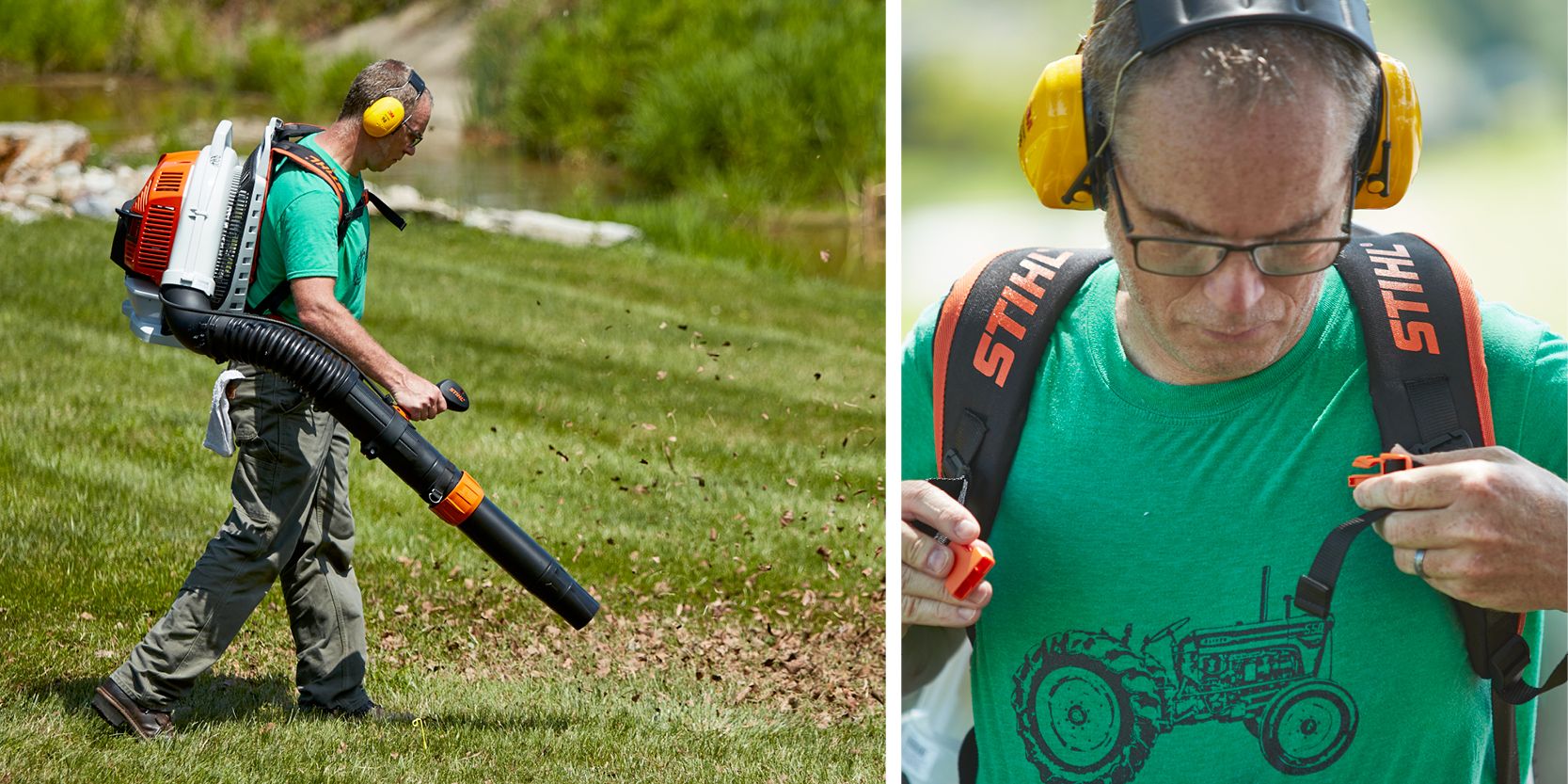
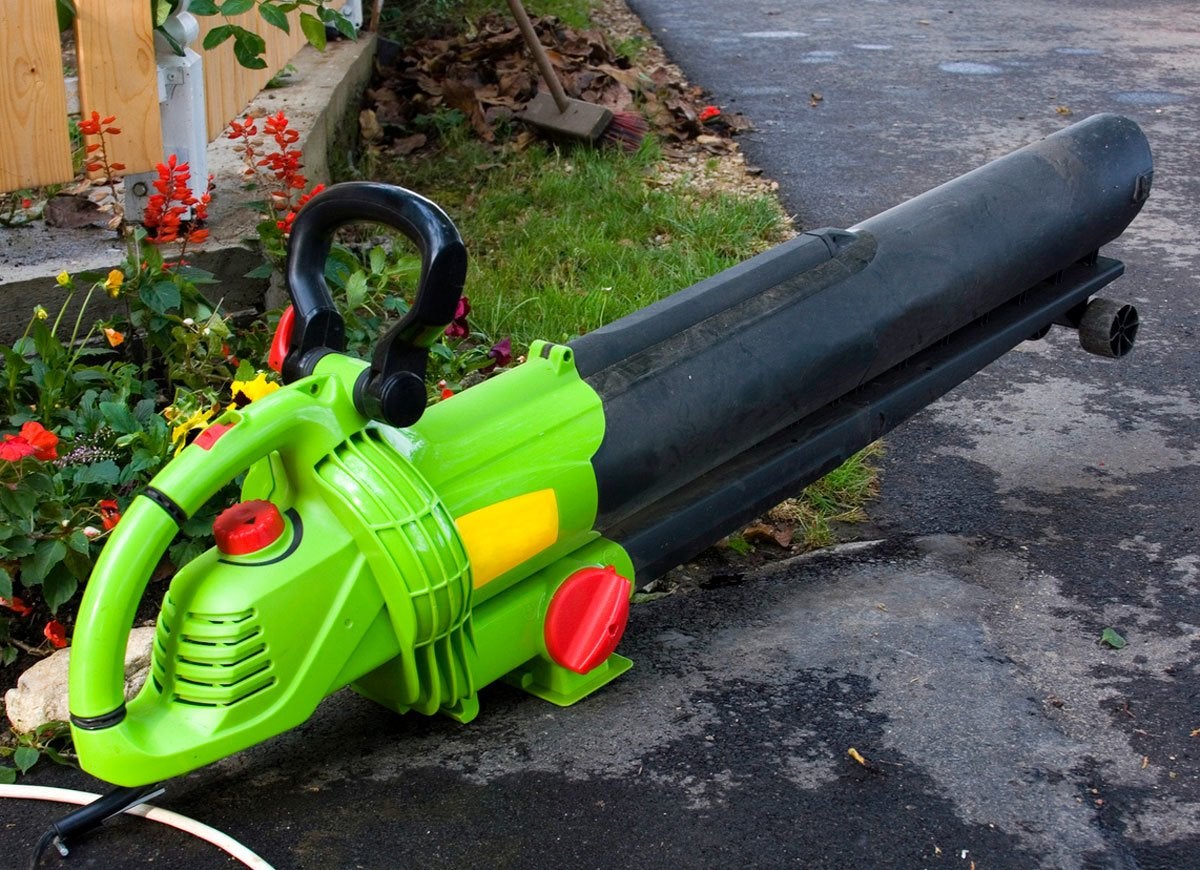
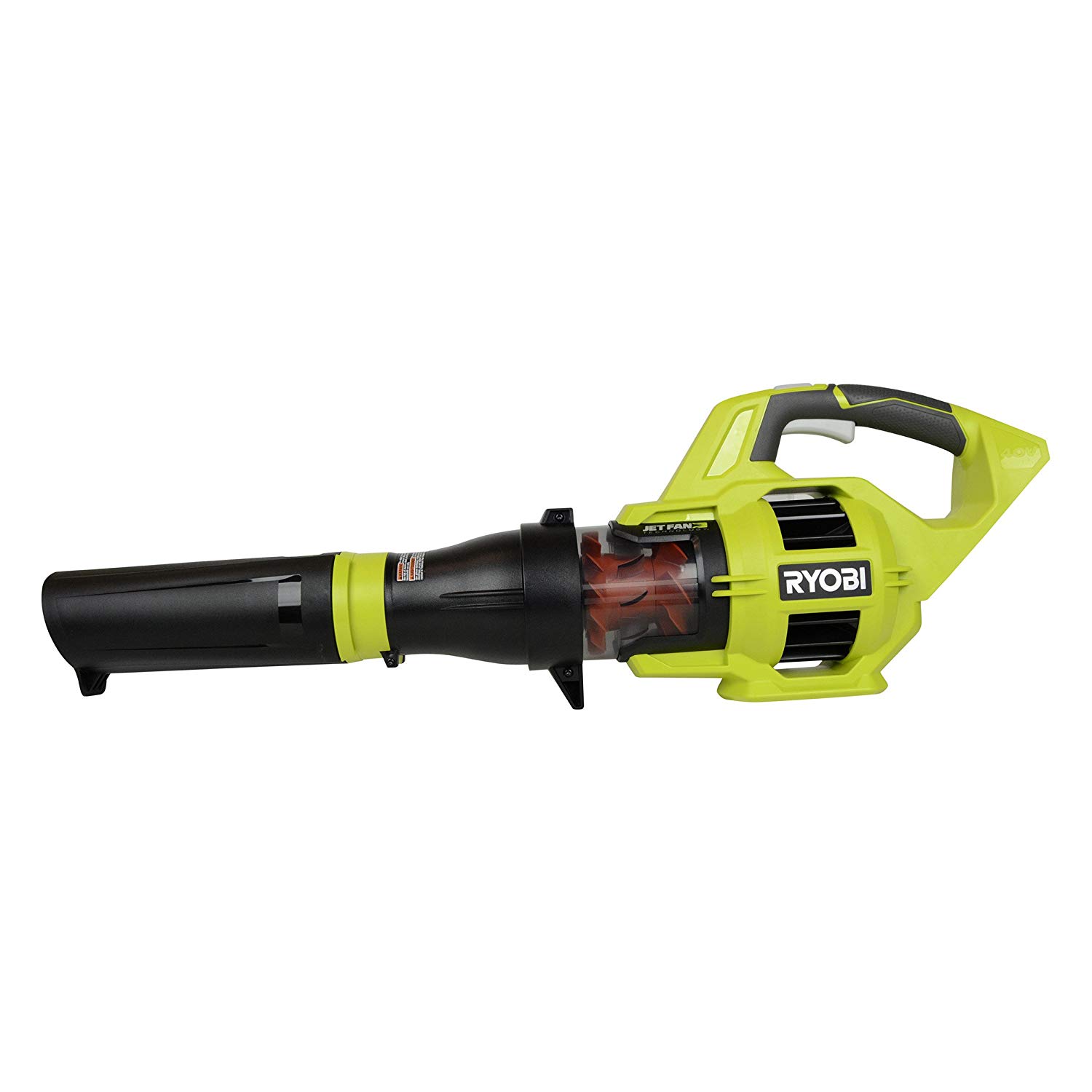
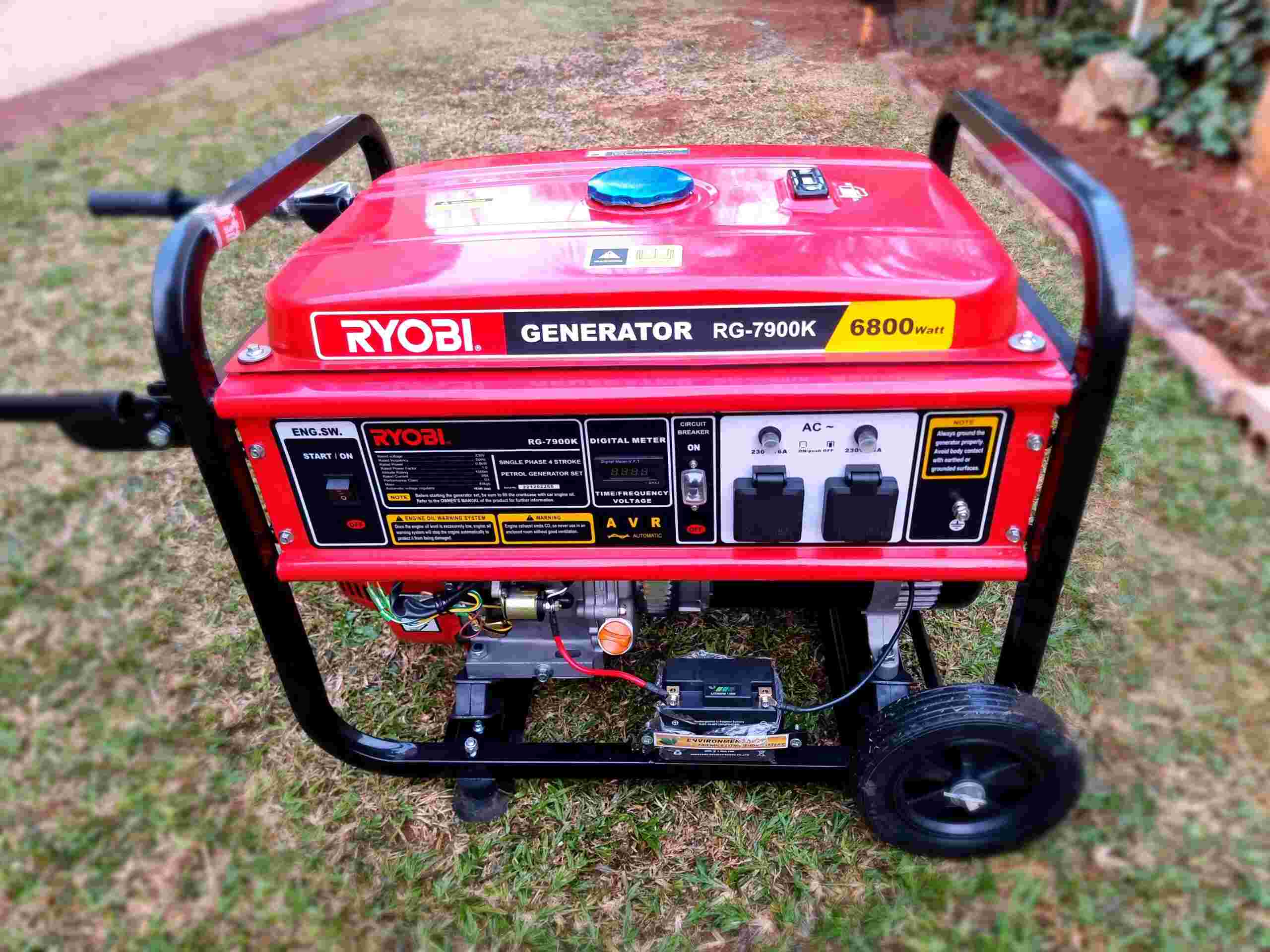
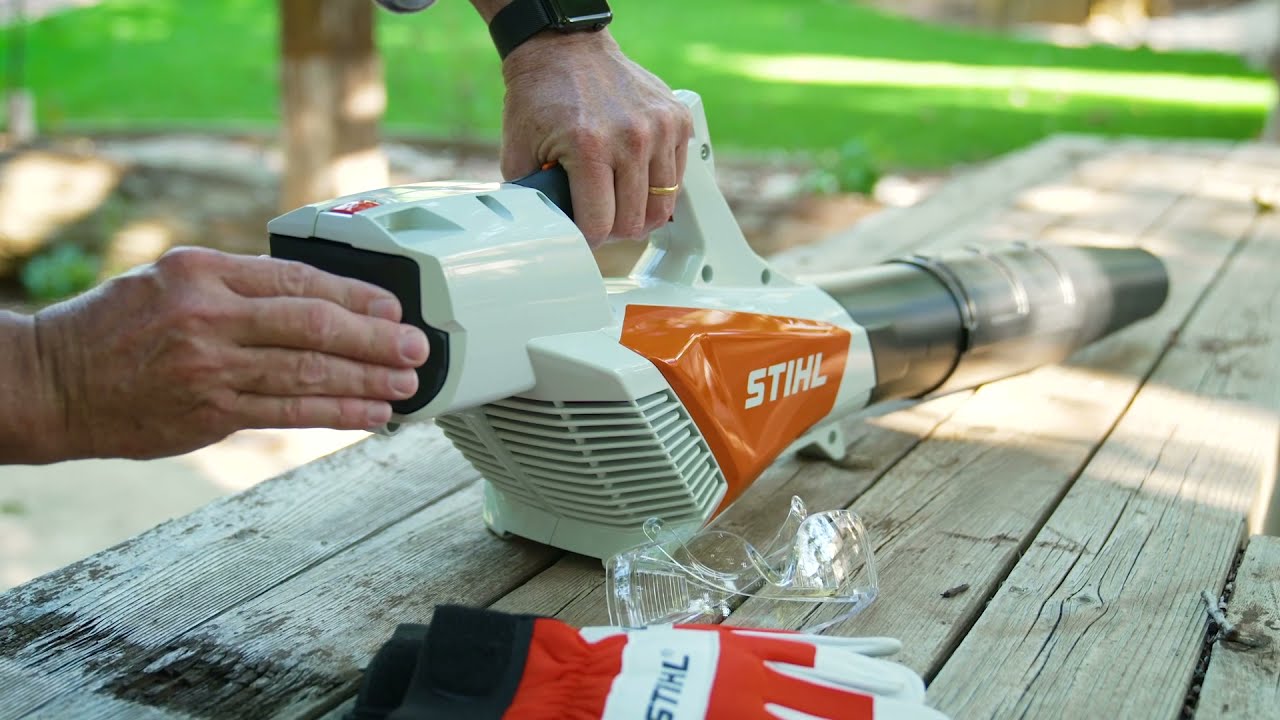
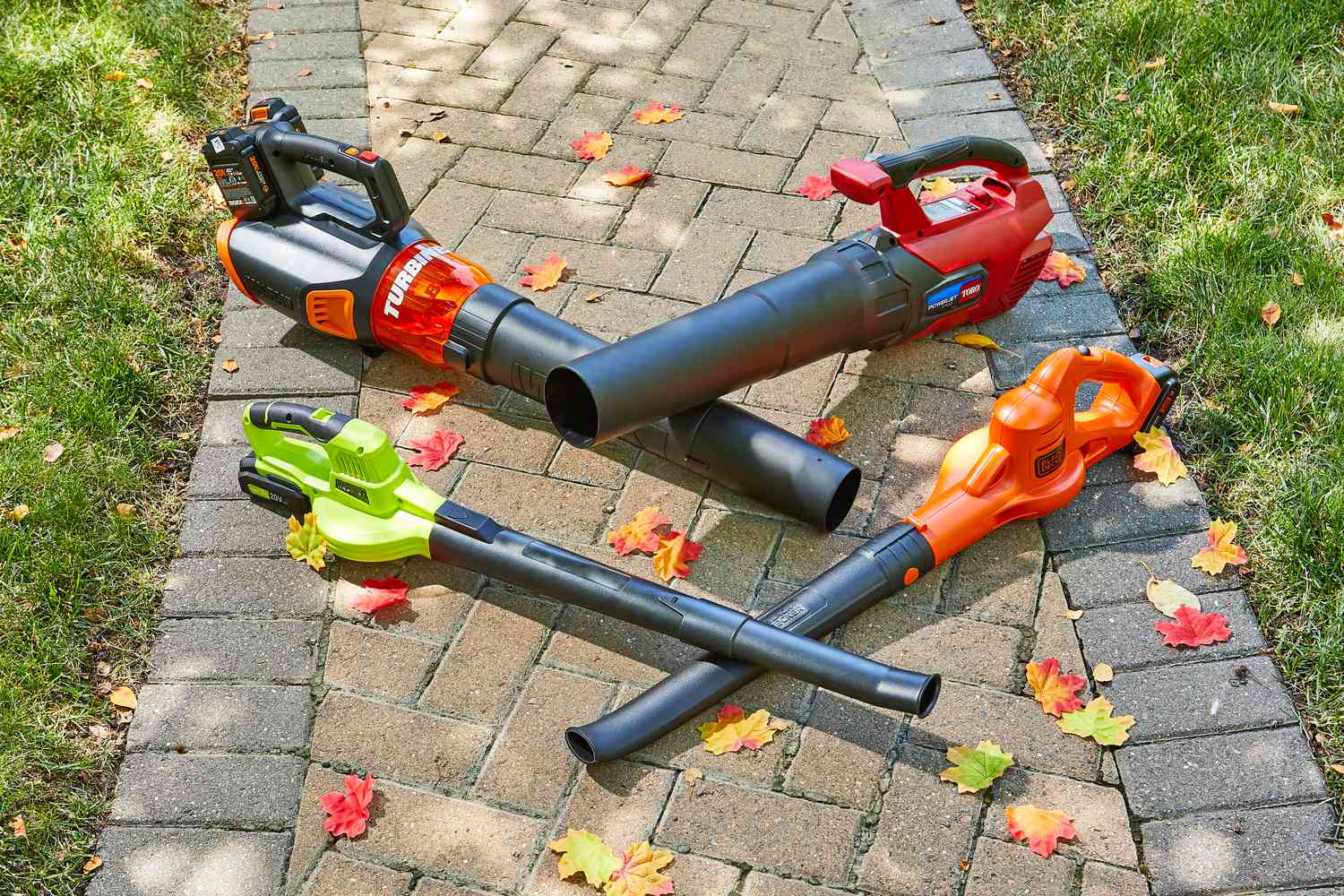
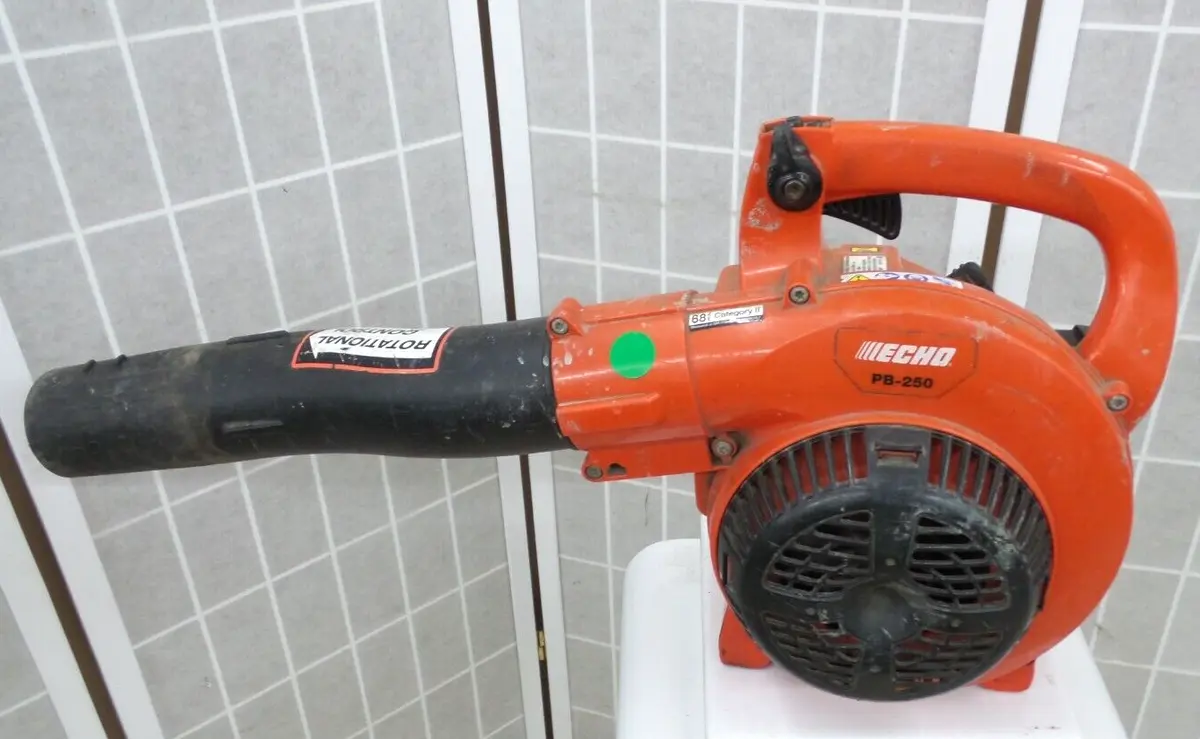
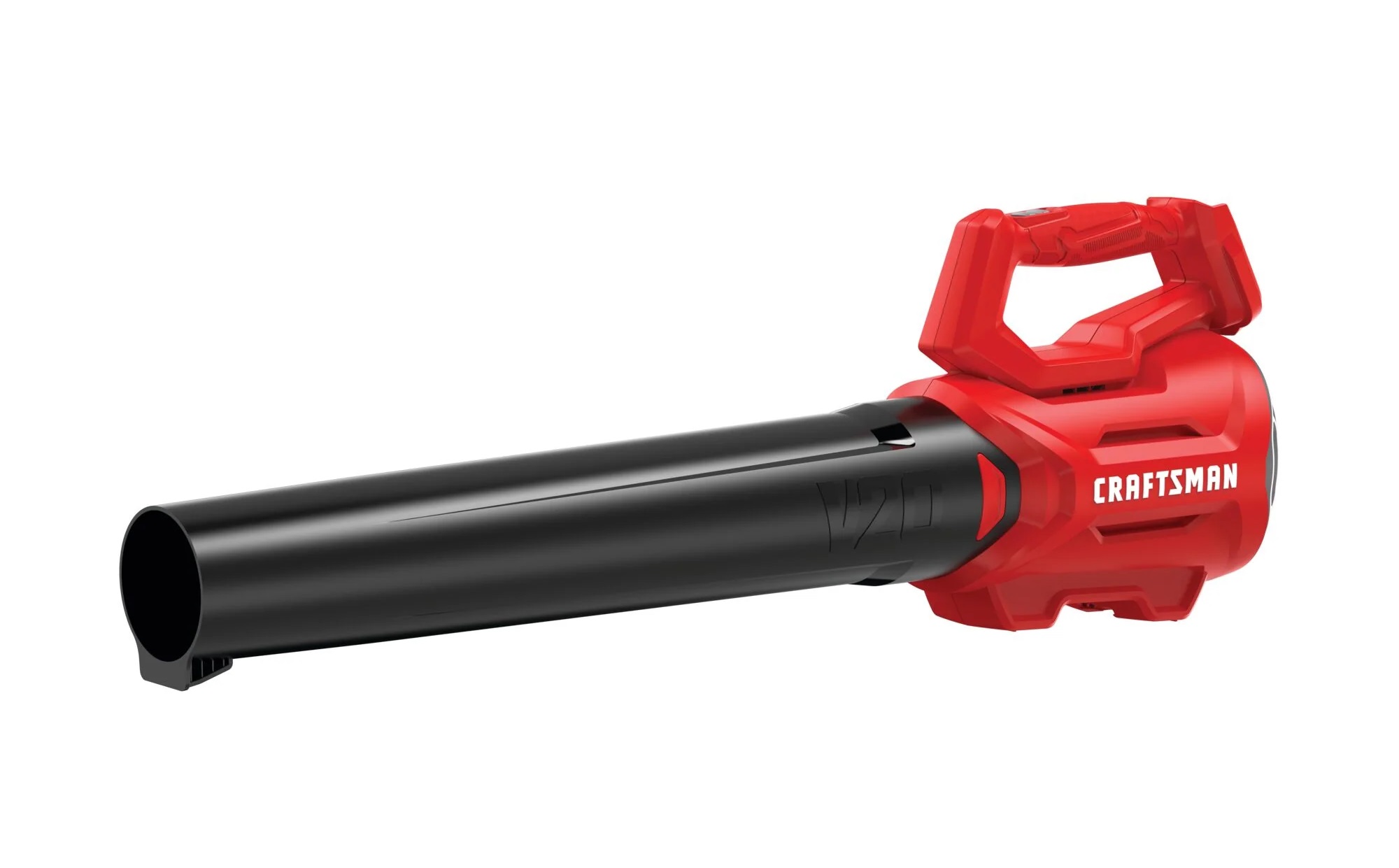
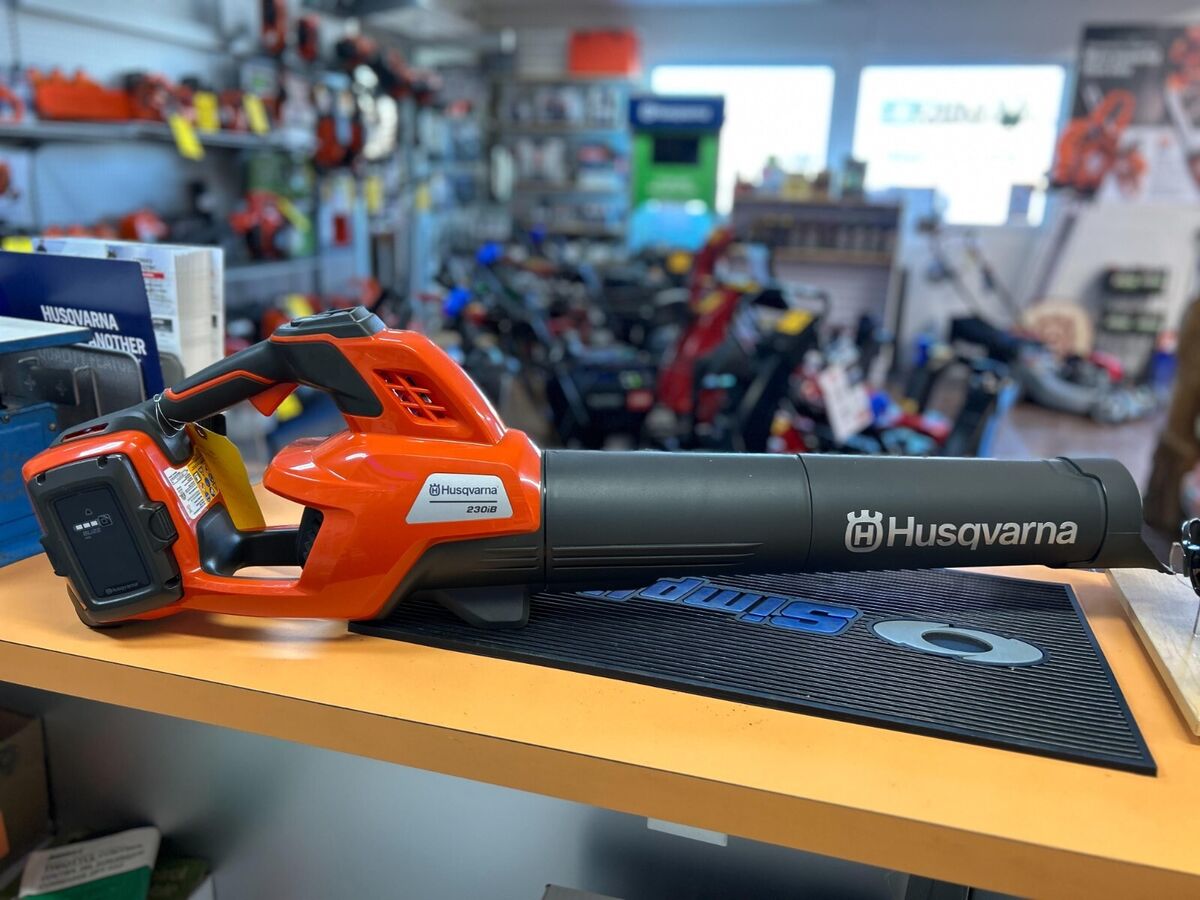
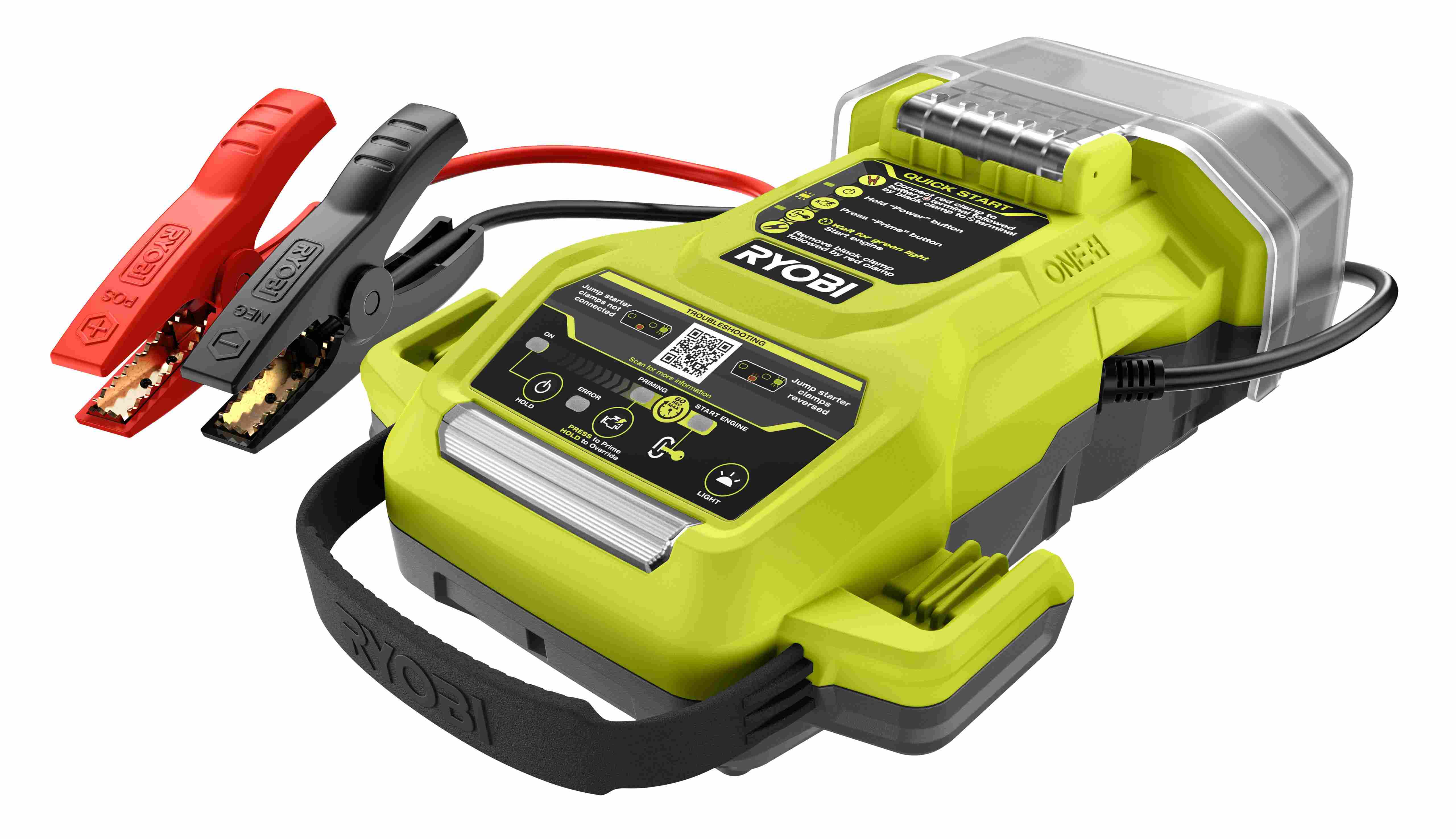
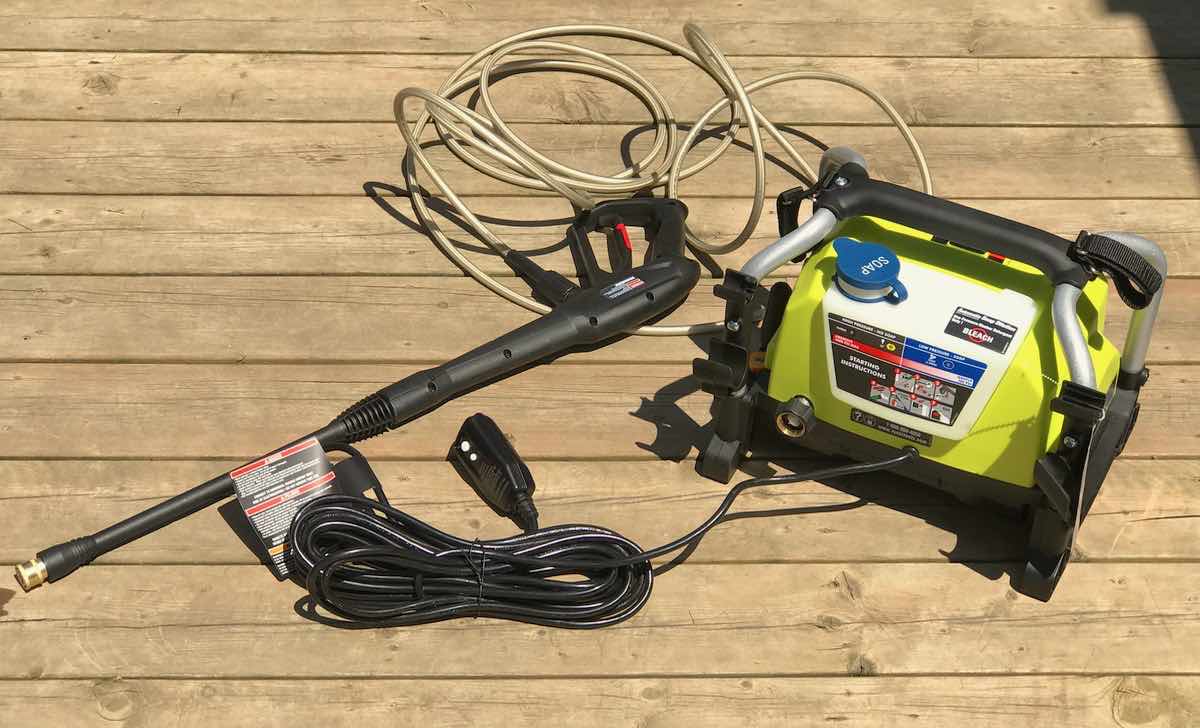
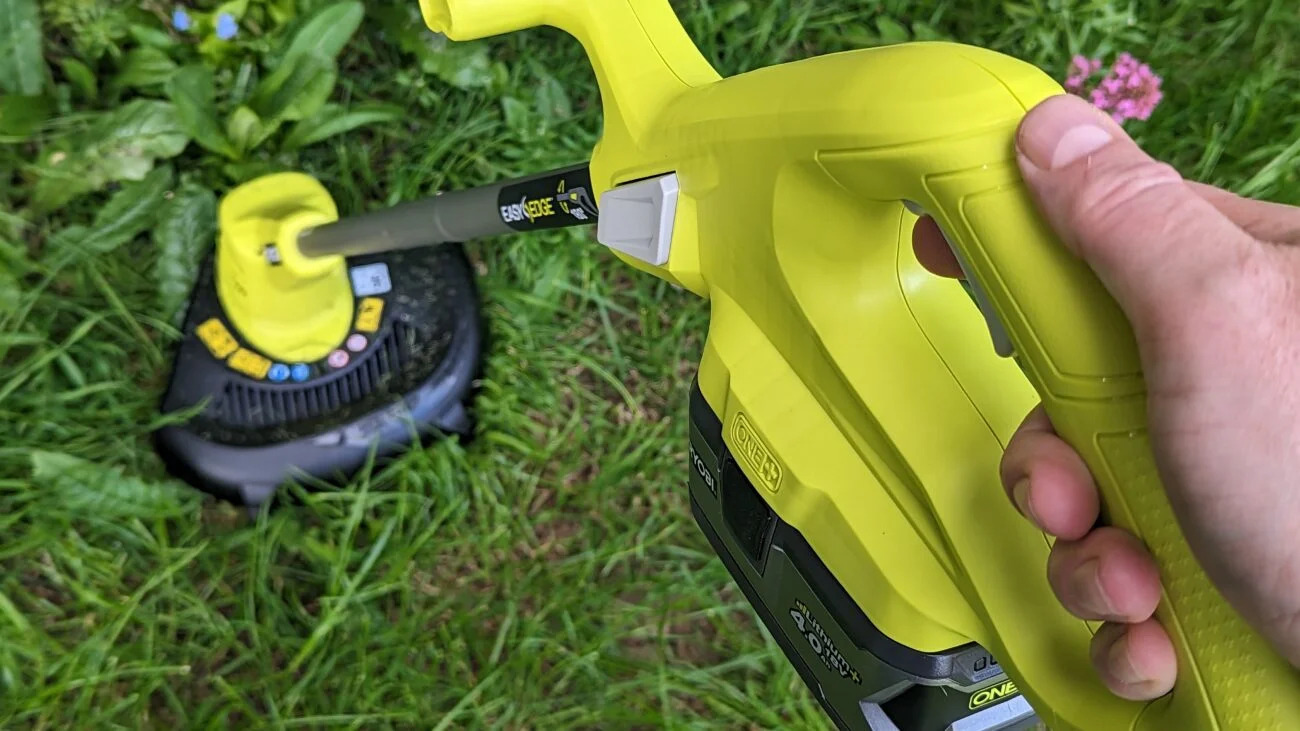
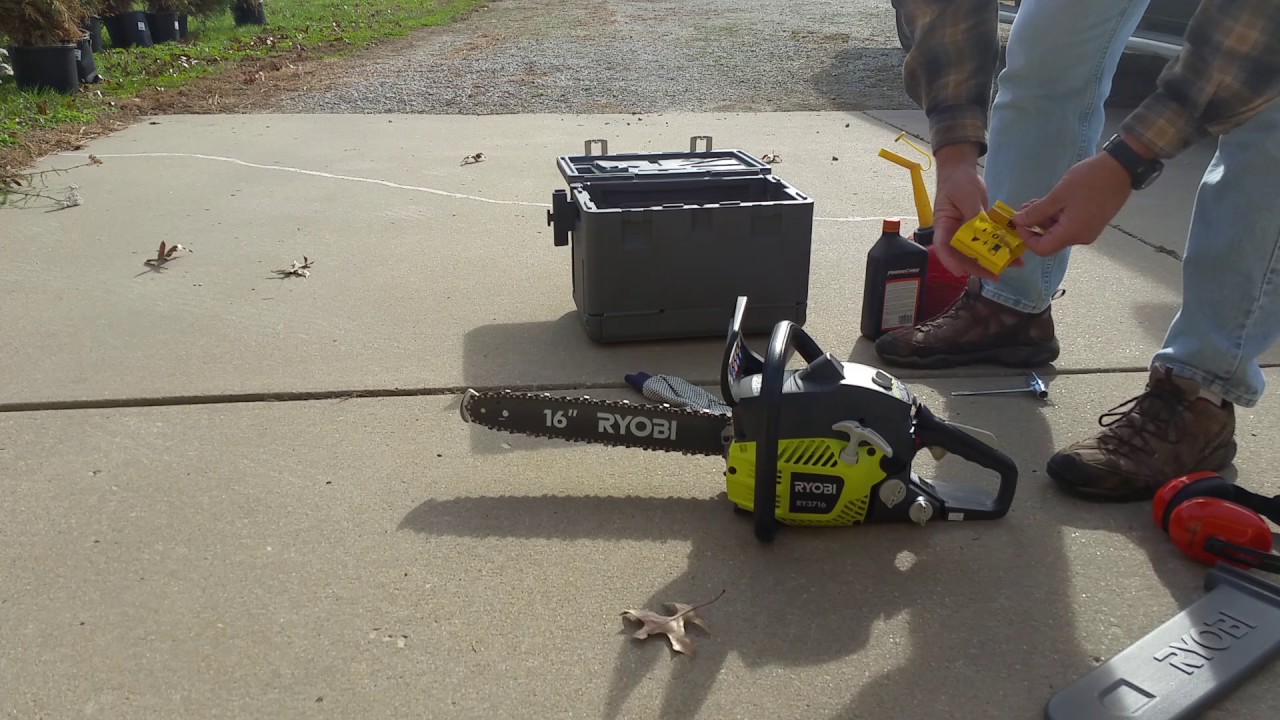
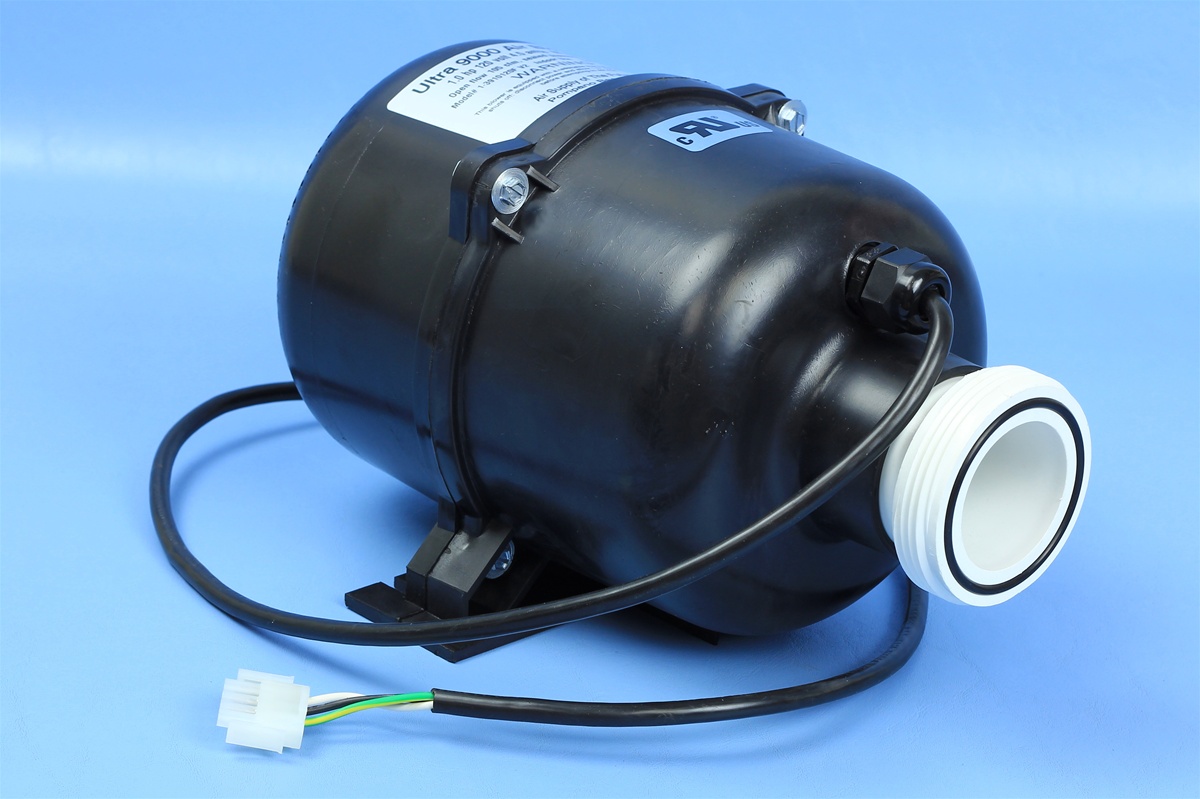

0 thoughts on “Ryobi Backpack Blower Won’t Start When Hot”